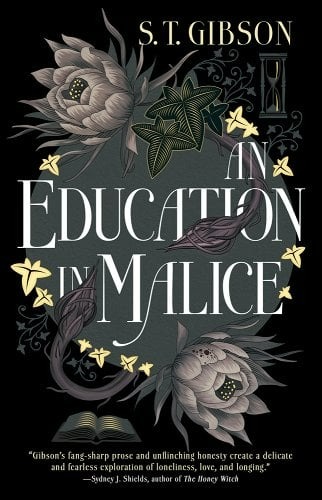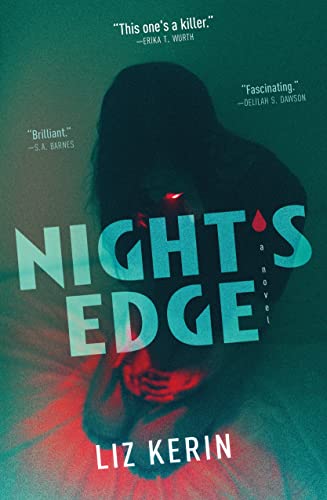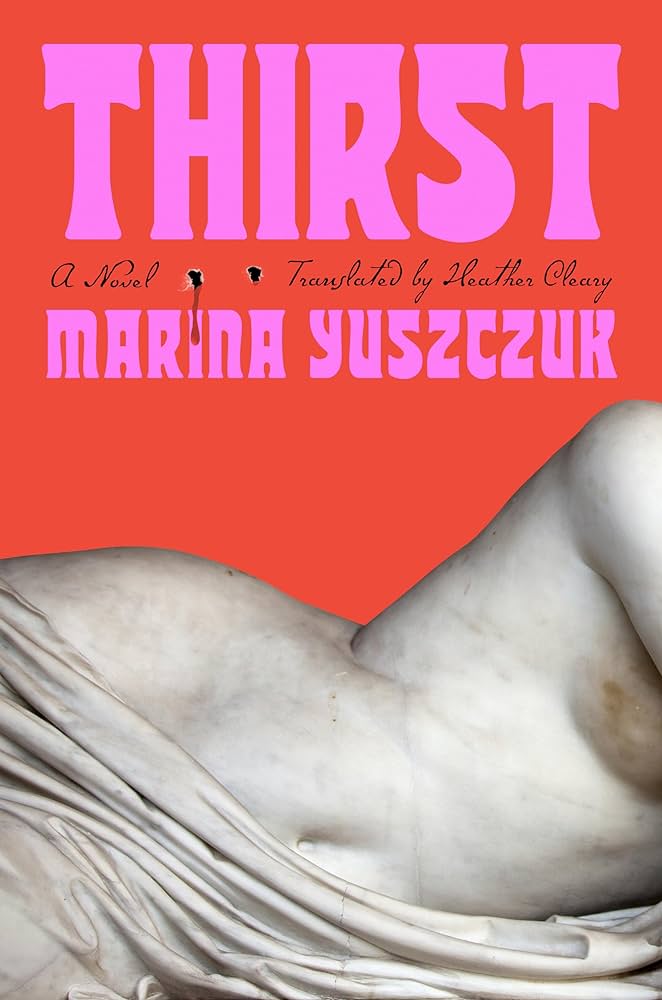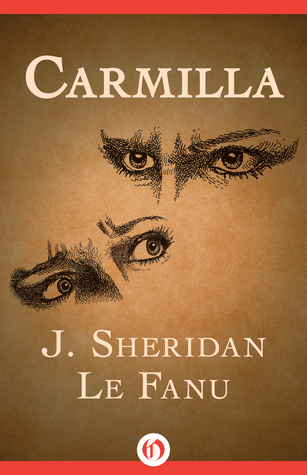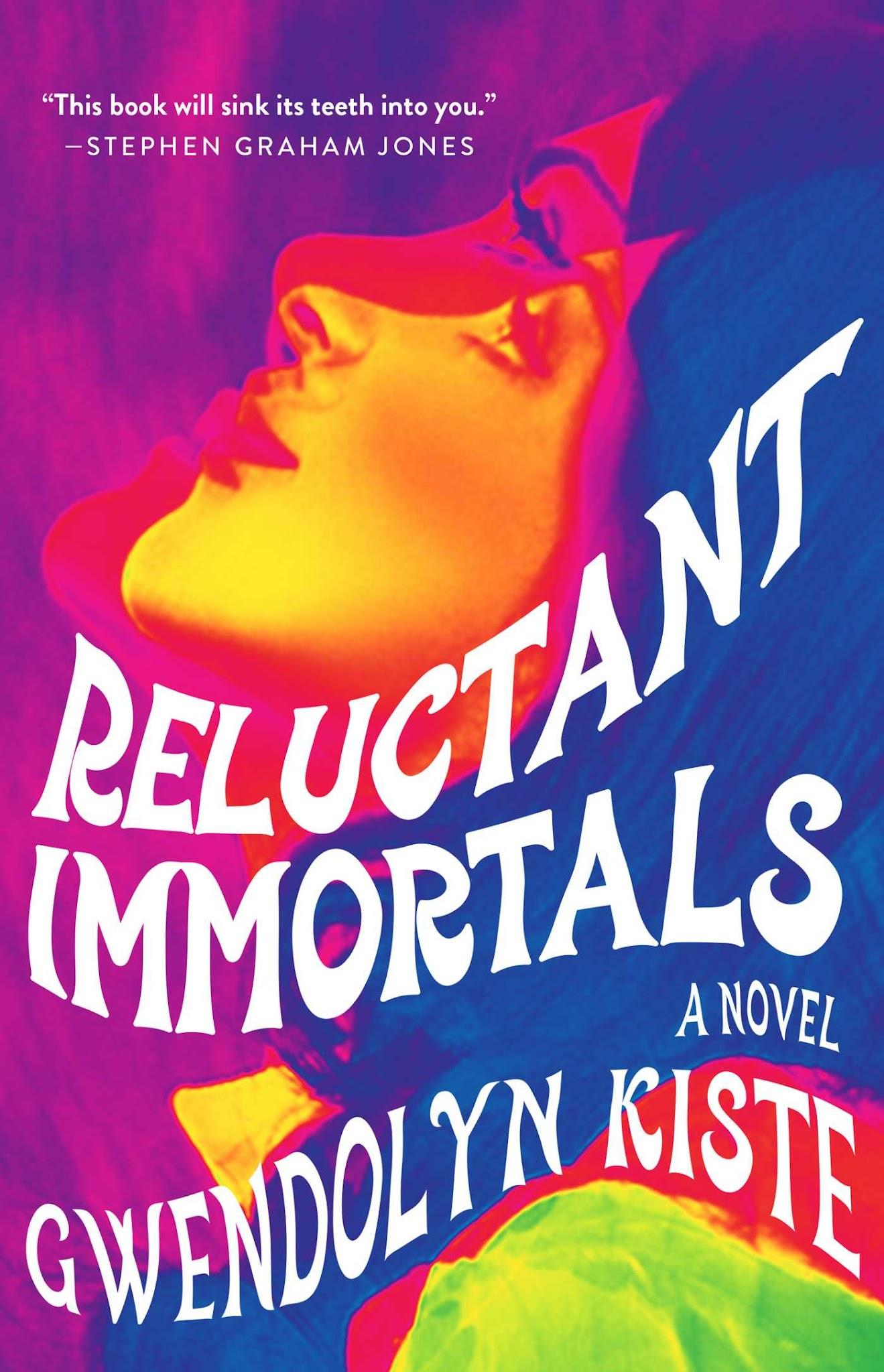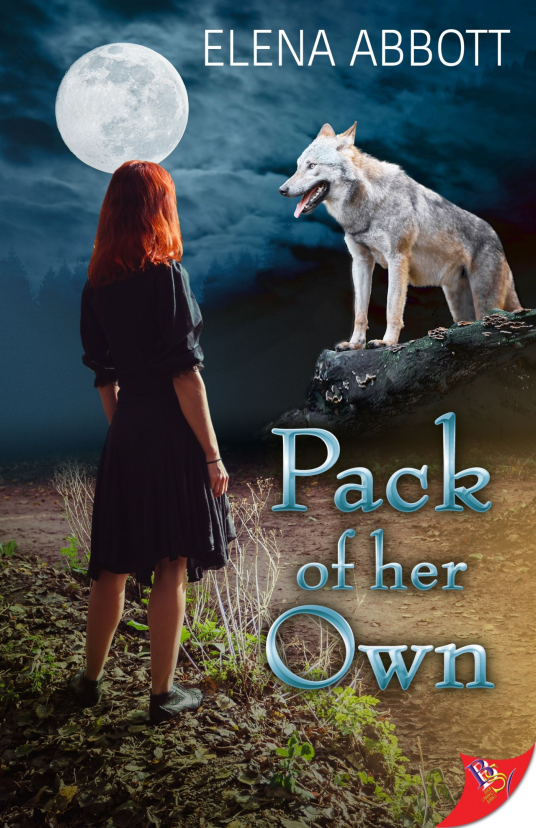Buy this from Bookshop.org to support local bookstores and the Lesbrary! After sinking my teeth into A Dowry of Blood early last year, I was ecstatic to learn we were going to get more queer, gothic vampires from S.T. Gibson. Once again we are thrown into a sumptuous tale of power, secrets, and blood, this time setRead More
An Obsessive, Erotic, Vampire Gothic: An Education in Malice by S.T. Gibson
Buy this from Bookshop.org to support local bookstores and the Lesbrary! I feel as though all my adult life I have been wishing for a Carmilla retelling that really illuminates the heart of the original novella—the obsession, intensity, eroticism, and power struggle between Carmilla and Laura that makes the text one of the most lasting examples ofRead More
A Vampire Pandemic: Night’s Edge by Liz Kerin
Buy this from Bookshop.org to support local bookstores and the Lesbrary! Night’s Edge by Liz Kerin isn’t your ordinary vampire book. In this world, vampires are known as Saras: people who are infected with Saratov Syndrome, a brutal pandemic that changes how society functions. You can’t get into a place without first pricking your finger onRead More
Decadence and Decay: Thirst by Marina Yuszczuk, translated by Heather Cleary
Buy this from Bookshop.org to support local bookstores and the Lesbrary! Thirst by Marina Yuszczuk, translated by Heather Cleary (March 5, 2024) is a considered, sorrowful, masterfully atmospheric story about mourning and the costs of surviving outside of society’s protective frameworks. It is also the story of two women in conflict with their inherited and inherentRead More
A Sapphic Gothic Fairy Tale: Down Among the Sticks and Bones by Seanan McGuire
Bookshop.org Affiliate Link My favourite holiday of the year is Dewey’s 24 Hour Readathon, particularly the October readathon. My roommate and I spend all day reading horror books and snacking. It is a delight. Last year, I read Every Heart a Doorway and really enjoyed it. The horror/fantasy novella series felt like a perfect fitRead More
The Original Sapphic Vampire: Carmilla by J. Sheridan Le Fanu
Bookshop.org Affiliate Link A young girl, Laura, becomes haunted by a figure in a dream that preys on her. Ten years later, that girl, Carmilla, shows up at her home and claims to know her from the dream as well. They become fast friends, but Carmilla holds a dark secret: she is a vampire whoRead More
A Bisexual Historical Horror Retelling: Reluctant Immortals by Gwendolyn Kiste
Bookshop.org Affiliate Link This is a fascinating story about the trauma inflicted on women by violent men. It’s told from the point of view of women in classic novels who were tossed to the side by literary history: Lucy from Dracula and Bertha, a.k.a. the Mad Woman in the Attic, from Jane Eyre. Lucy and Bee enjoy theirRead More
Sci-Fi Meets Historical Fiction Meets Classic Lesbian Vampire Novel: The Gilda Stories by Jewelle Gomez
Amazon Affiliate Link | Bookshop.org Affiliate Link Equal parts science fiction, historical fiction, and lesbian fiction, The Gilda Stories (1991) by Jewelle Gomez is a classic queer vampire novel. The novel begins in the Southern United States in the 1850s and follows Gilda, who escapes from slavery and is taken in by two lesbian brothel proprietors whoRead More
Nat reviews Pack of Her Own by Elena Abbott
Amazon Affiliate Link | Bookshop.org Affiliate Link I picked up this li’l werewolf book off of a Twitter recommendation – vampires, ghouls, shifters – I expected something of a campy read. Who knew we would be exploring identity, found family, and processing trauma from various angles? If you plopped down a literary fiction tome andRead More
Rachel reviews House of Hunger by Alexis Henderson
Amazon Affiliate Link | Bookshop.org Affiliate Link From the author of The Year of the Witching (Penguin 2020) comes a new queer Gothic novel about blood, power, and control. House of Hunger (Penguin 2022) was enthralling until the very last page, and I still want more! House of Hunger is set in a world where the upper class literallyRead More
